
Protecting our environment and biodiversity is a shared responsibility. We are actively working to preserve and enhance our city’s natural resources to ensure they will survive and thrive for generations to come.
Protecting our environment and biodiversity is a shared responsibility. We are actively working to preserve and enhance our city’s natural resources to ensure they will survive and thrive for generations to come.

These grants are designed to help property owners to care for their land, including tree planting, weed removal and pest animal control.
We also do this by supporting a response to climate and energy sustainability issues, improving how we accommodate and integrate our natural environment alongside our built environment, using environmental best practice in the care and maintenance of our open spaces, and through a range of environmental initiatives, resident support programs and community stewardship.
We encourage our residents to protect and nurture the local environment.
Residents can get involved in a variety of ways including using composting systems to reduce waste, joining your local Landcare group, controlling weeds and pests and attending nature walks and seminars throughout Manningham.
See the links below to find practical ways you can be part of a sustainable solution to preserve the beauty of Manningham for many generations to come.
Manningham has one of the largest networks of open space in metropolitan Melbourne covering approximately 17 per cent of the municipality and including more than 300 parks.
This includes recreation parks, sporting reserves, natural areas and neighbourhood parks.
Our unique natural environment provides a sanctuary to 56 threatened animal species and is home to 22 per cent of Victoria’s known plants, including 11 species of state significance and four species of national significance.
A large section of the eastern half of Manningham is designated as a ‘Green Wedge’ area for the protection of our natural and rural environment.
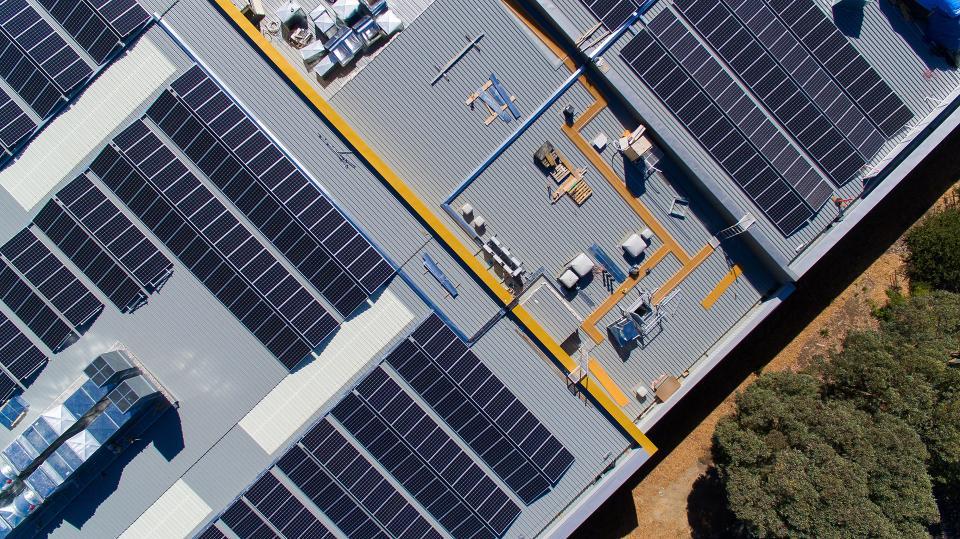
As an environmentally forward thinking Council, we believe the decisions we make today have the potential to change the future for generations to come.
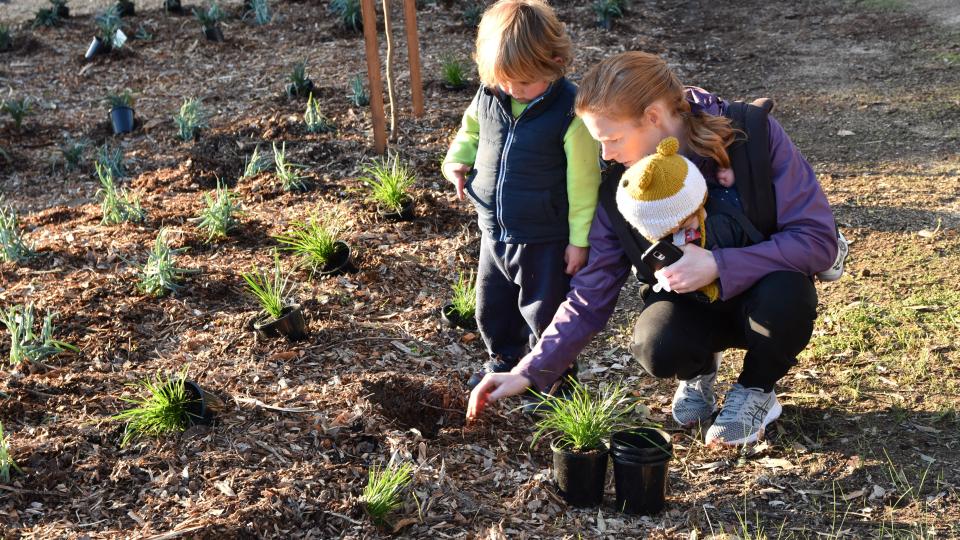
Protecting our environment and biodiversity is a shared responsibility. Together with the support of our partners and community, we are actively working to preserve and enhance our city’s natural resources to ensure they will survive and thrive for generations to come.
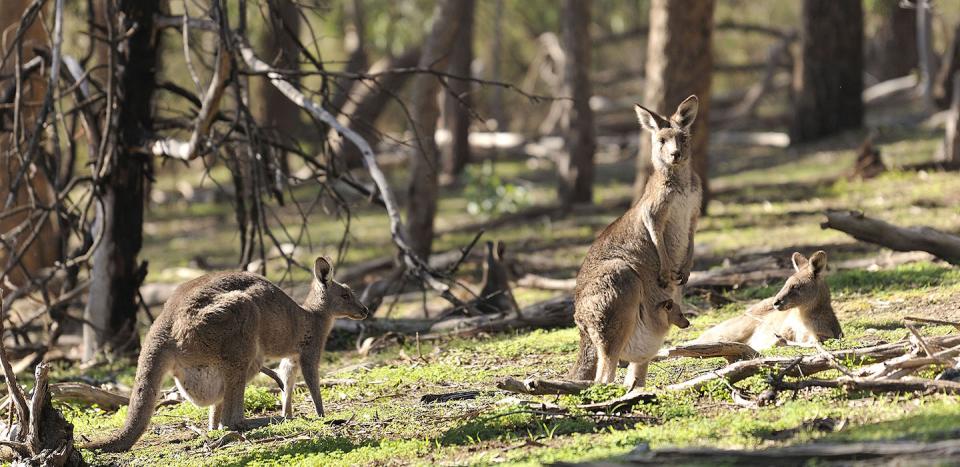
Each year we offer a series of land management grants. These grants are designed to help property owners with tree planting, weed removal and pest animal control. Find out if you're eligible to apply.
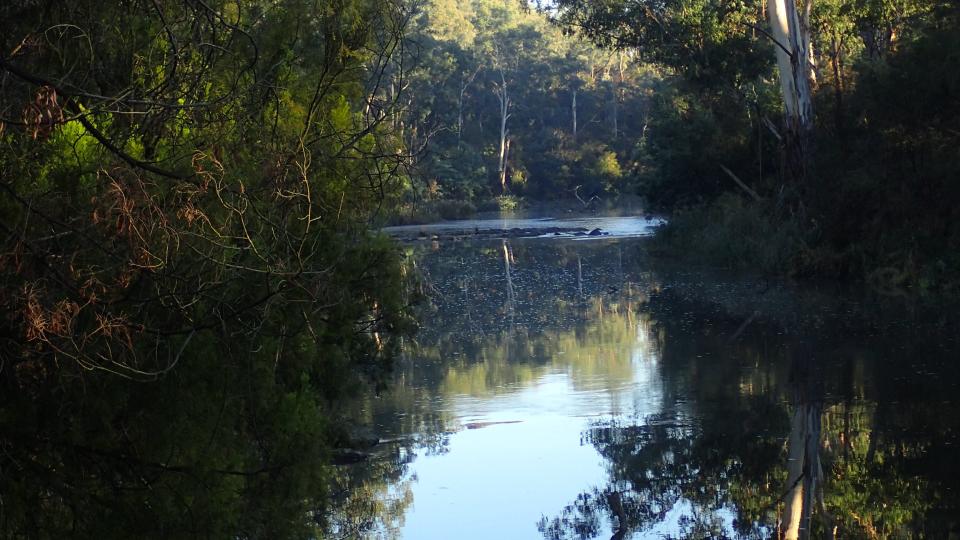
A large section of the eastern half of Manningham is designated as a ‘Green Wedge’ area for the protection of our natural and rural environment. Learn about the area and what we're doing to protect it.
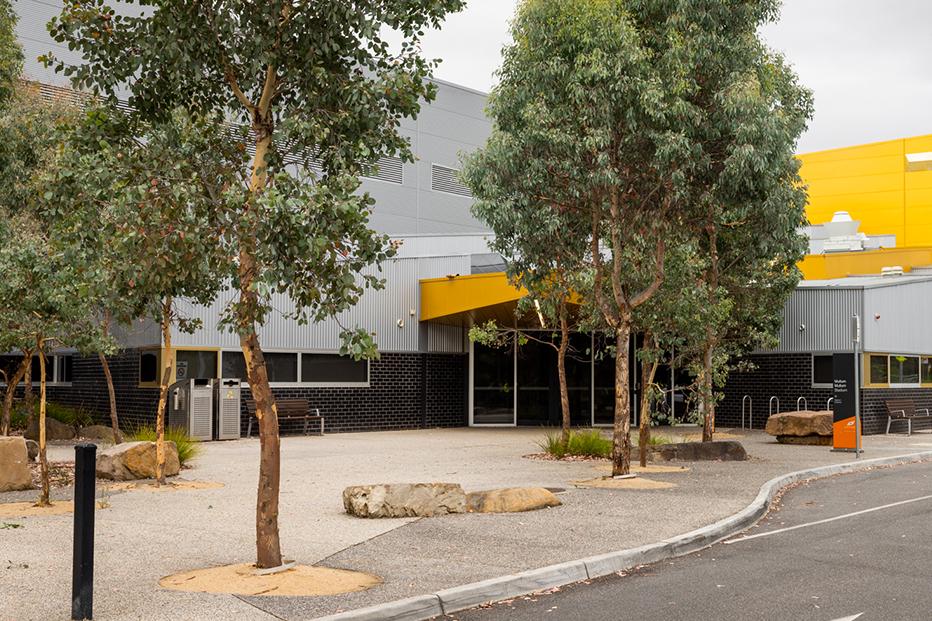
We plant new trees within Manningham as part of our tree planting program. We also maintain trees in residential areas, parks, and reserves. Find out about our Tree Management Plan and how to request an additional street tree for planting.
Native Splendour is a gardening guide to Manningham's local plants. It is designed to help you find plants that will enhance your garden and are perfectly suited to local climate and soils. It includes tips for planning and planting your garden.
The Manningham Land Management Guide aims to help small property owners improve management of their land, including developing an ongoing weed control plan.
Weeds are plants that invade and thrive in environments in which they do not naturally occur. We also have a Manningham Weed Identification Booklet to help you better identify environmental weeds and understand the various methods of control.
By law, landholders are required to control or eradicate noxious weeds, as proclaimed under the Catchment and Land Protection Act 1994.
Agriculture Victoria's website contains more detailed information on noxious weeds and how you can protect your property.
Find out about our street tree planting program, how we manage our trees and how to request a new street tree.
Sites of biological significance are areas of remnant indigenous habitat which can be local, regional, state and national areas.
This brochure, produced by the Manningham, Whitehorse, Banyule and Nillumbik Councils, illustrates some of the mosses, liverworts, hornworts, fungi and lichens within Melbourne's Middle Yarra region and surrounds.
Keep up to date with our latest environment and sustainability events.
Manningham is widely recognised as an innovator and leader in local water management. The challenges posed by climate change require a collaborative and integrated approach by Council and the community to develop long-term sustainable solutions to managing water supply and protecting our waterways.
In partnership with lead water agencies, Council is committed to the:
Greywater (all non-toilet household wastewater) can be a good water resource during times of drought and water restrictions, but its reuse can have health and environmental risks.
Greywater is domestic wastewater from the laundry, kitchen and bathroom. Toilet wastewater is known as blackwater and is not suitable for domestic treatment. Greywater with low levels of contamination can be used on your garden. Rinse water from your washing machine is the most suitable greywater to divert to your garden provided you use low phosphorus detergents.
You will need a septic tank permit to install a permanent system to collect, treat and reuse greywater. The system must be EPA approved.
No permit is needed for a simple, temporary diversion system. A permanent diversion system (that doesn’t store water for more than 24 hours) needs to be installed by a licensed plumber.
To apply for a septic tank permit, return the completed application form along with detailed plans and the appropriate fee to:
Approvals and Compliance Unit
Manningham Council
PO Box 1, Doncaster
Victoria 3108
For more information, please refer to the EPA's septic tanks code of practice for design options for the installation of septic systems . A permit must be granted prior to any works commencing by a registered contractor or plumber.
For more information about using greywater and some simple health rules to follow, please see the Related downloads.
Installing a tank to capture rainwater from your roof is a great way to supply water for uses including flushing toilets and watering your garden. Rainwater tanks can also help you save money on your water bill.
For more information view or find out about the Building Permit requirements.
Through bushland weed control and planting regimes, we keep waterways intact by promoting riparian vegetation to secure riverbanks keeping the shape and flow of rivers intact while stopping erosion. This program includes conserving natural habitat for local wildlife and increasing native vegetation along and in creeks and rivers
Weed control consists of multiple methods, taking into consideration what the weed is, the area it's situated, what other weeds or indigenous species are around it, and habitat requirements. The weeding is conducted by our Bushland Management Team to minimise damage and maximise positive environmental impact in removing pest plants from riverbanks.
Through various Landcare groups and events, Manningham Council, Melbourne Water, and community volunteers help revegetate local waterways with indigenous species and increase conservation action. If you are interested in joining one of these groups, please consider our Citizen Science Programs.
All new homes are now required to achieve a house energy rating of five stars for building fabric and have either a solar hot water system or a rainwater tank. For this purpose, rainwater tanks must have minimum capacity of 2000 litres.
On average, 30% of all household water usage is in the shower. Installing a water efficient showerhead can save around 11,000 litres of water per household each year and reduce the energy required to heat the water - reducing greenhouse gas emissions.
Bring in your latest Yarra Valley Water bill and old showerhead to our customer service and pick up a free water efficient showerhead.
Waterwatch is a citizen science program for monitoring waterway health.
Waterwatch volunteers get involved in exploring and protecting their local waterways by collecting water quality data that contributes to scientific research, management planning and on ground actions that improve the health of our waterways.
Manningham volunteers have been collecting and undertaking surveys and observations for over 10 years. The information collected has been helping improve local waterway health.
Waterwatch is a citizen science program for monitoring waterway health. In Manningham, Waterwatch has been connecting local communities with waterway health and sustainable water issues since 1993.
In 2007 a group of concerned volunteers initiated the Manningham Waterwatch Monitoring Network. This group continues to monitor the health of our local waterways and has carried out over 10,000 water quality measurements at more than 40 sites across the municipality. The data collected is used to assess the health of Manningham's waterways and identify what is currently impacting stream ecology.
In addition to water quality monitoring, many volunteers are affiliated with local action groups including Landcare and ‘friends of’ groups which undertake stream rehabilitation programs that contribute to catchment and waterway health.
Citizen scientists are people who want to make a difference to the environment and their community. You can join this movement by taking part in programs like Waterwatch, you can email to let us know you're interested at manningham@manningham.vic.gov.au
Keep up to date with our latest environment and sustainability events.
We celebrate all forms of life big and small in our community, learn about the most common creatures and our guidance around them.
Should you have concerns about the health and safety of native wildlife, please contact Wildlife Victoria emergency response by phone on 8400 7300 or visit the Wildlife Victoria website.
Please read the below document to understand why providing water for our wildlife is important for the local environment and provides many benefits for your local bird and bug species:
Bees play an important role in pollinating flowering plants and it is estimated that 1/3 of the human food supply depends on insect pollination, most of which is accomplished by bees, especially the domesticated European honey bee.
As urbanisation increases, humans inevitably encounter bees in their natural environment and see bees as a threat to their safety. Bees are not aggressive in nature and only sting if provoked.
Residents are encouraged to utilise an apiarist to remove bee hives and swarms as bees can be relocated to areas such as Kinglake where bee populations were devastated by recent fires. Please refer to The Beekeepers Club Inc. (Melbourne) for a list of local bee removalists (some may charge a call out fee).
You can also contact the 'Bee Help Line' on 1902 241 059 for further advice (call costs 2.20 per minute / higher for mobiles).
Eradication through a licensed pest control operator should only be considered if the swarm / hive is inaccessible to an apiarist and safety is of concern.
If a swarm or hive is found on Council land or in a neighbouring property, please contact Council on 9840 9333.
Residents can keep bees providing they are registered with the Department of Primary Industries and comply with the Apiary Code of Practice which lists safe management practices and statutory planning requirements.
Birds are an important part of our local ecosystem. They pollinate our plants and spread seeds across the landscape. Some birds help to keep our insect, rodent and spider populations low, and others fish in our creeks and the Yarra River.
You might notice that birds enjoy coming to your backyard or local park to feed. It's important that we provide habitats for these birds, so that they can continue to be a part of our ecosystem and keep these birds healthy.
You can learn more about which birds call Manningham home in our Backyard Diversity video series. There's videos on the Southern Boobook Owl, Tawny Frogmouth, Laughing Kookaburra, Gang Gang Cockatoo & Barn Owl.
Birdlife Australia run an annual Aussie Backyard Bird Count, you can join in on the fun and contribute with any birds you spot in Manningham by visiting their website. Together in 2019 we produced a map of some rare sightings in Manningham, amongst the 3.4 million birds recorded across Australia for the count.
Manningham's Aussie Backyard Bird Count maps can be found here:
Please don't feed birds, it can result in overabundant populations or dependance on humans.
Feeding sometimes leads to unfriendly behaviour from our birds for you and your neighbours, as they can't distinguish between which humans will give them food and which humans won't. For more information about feeding wildlife, please read the Department of Environment, Land, Water and Planning's factsheet.
We can continue to provide habitat for our beautiful birds by planting native flowering plants in our backyards, as well as providing them with a bird bath, so that they can clean their plumage.
Nest boxes also help birds to find a place to raise their young, where hollows in trees may be scarce.
We can also protect our birds by ensuring that we keep our domestic pets inside, as often they will hunt and hurt our native wildlife when left outside.
For more information, visit Birds in Backyards, a research, education and conservation program of BirdLife Australia.
Manningham is home to a variety of frog species, living in our rivers and creeks, ponds and even in our backyards. With good land management practices and reduction of pollution in our waterways, we can ensure our frog species continue to enjoy Manningham as a vital part of the local ecosystem.
Below is a recording of our Frogs of North East Melbourne webinar for the 2020 Spring Outdoors series. The webinar was presented by David De Angelis.
Get involved in local citizen science by recording frog species in Manningham with the Melbourne Water Frog Census App.
Melbourne Water Frog Census is an easy to use app to record audio and identify frog species by their call in local waterways, parks, and on your own property.
Available for both iOS and Android.
More information, including activities for schools, is available at the Melbourne Water website.
Possums can survive in suburban areas because our streetscapes and gardens are similar to the possum's preferred natural environment.
Some problems that may be associated with possums include:
The best way to keep a possum out of your roof is to secure your roof and provide an alternative home such as a nesting box.
If you have a possum in your roof, you will need to block the access points. In the evening when the possum has left the roof in search of food, climb into the roof and try to locate its nest. Remove the nest and block any possible entry points so the possum cannot return. You may wish to leave a light on in the roof space for a few days to discourage the possum's return.
It is illegal to handle or interfere with possums except when they are in your roof or other buildings. Brush tail possums can be trapped in appropriate traps by the householder or a licensed wildlife controller, however it is illegal to trap the Common Ringtail Possum without a permit.
Trapped possums must be released that day on the same property, in their own territory, within 50 metres of the capture site. Breaching any of these regulations carries a penalty of up to $5000.
For more information on possum control, please visit the Department of Energy and Primary Industries.
If you have concerns about native wildlife, refer to the information below or visit Wildlife Victoria.
These carnivores are fantastic for keeping the balance in natural systems and reducing rodent populations. However, these birds are at risk of toxicity and death by commonly available rodent baits.
Ideally, we should use traps rather than baits. If baits are necessary, choose products that use first generation anticoagulant rodenticides (FGAR) that contain active constituents such as Warfarin or Coumatetralyl and are less harmful to our native wildlife.
Second generation anticoagulant rodenticides (SGARs) are more acutely toxic than first generation and can be lethal to local predator species that consume poisoned rodents. Even at low doses, these compounds can accumulate in birds of prey over time, making them less efficient hunters and more likely to be hit by cars.
The good news is that everyone of us can make better choices when managing rodents in and around our home. Use traps or non-chemical repellents, and remember for chemical baits always check the label's "Active Constituents" for FGAR compounds that are less harmful, such as Warfarin or Coumatetralyl. If the bait contains the harmful SGARs Brodifacoum, Bromadiolone, Difenacoum, Difethialone, or Flocoumafen, leave it on the shelf.
To find out more about predator friendly choices for managing rats and mice on your property, go to Birdlife Australia.
See how you can control invasive species in Manningham to protect native wildlife and preserve our local environment
Deer are an emerging problem in Manningham with a variety of impacts for landowners including property damage, destruction of bushland and potential for road accidents. We have been working with the local community to try to prevent the spread of deer into new areas, and to minimise the impacts of deer throughout our local area. We are also collaborating with the State Government on the Victorian Deer Control Strategy.
Assistance is available to landowners through our Local Environment Assistance Fund (LEAF), including financial assistance for Deer Control.
You can help by recording sightings and evidence of deer in your local area into the FeralScan website or App - which is a free community pest animal mapping and monitoring tool.
European wasps can be of particular concern to health and safety when they are disturbed and become aggressive. European wasps can sting multiple times and can cause severe allergic reaction which can be life threatening to some people.
Call an ambulance (000) immediately if:
Residents should remain vigilant if there is an increase in number of wasps around the property and speak with neighbours in an attempt to locate a possible nest. Nests are usually found at ground level in protected locations.
Owners are responsible for the removal of wasp nests on their property and should contact a licensed pest control operator to safely and quickly eradicate the nest.
If a nest is found on Council land or on a neighbouring property, please contact us.
It is the responsibility of each property owner to control and eradicate vermin (including rabbits, rats, mice and foxes) on their land.
Residential areas are an important food source for foxes. They forage around rubbish bins, picnic sites, compost heaps feeding also on fruit and pet food left outside. Domestic fowl, livestock and guinea pigs may fall prey to foxes if not adequately enclosed.
Foxes are generally nocturnal animals, resting during the day in many forms of shelter which may be: under houses, sheds, outbuildings or in hollow logs, rock piles, drainpipes, car bodies, under blackberry and gorse patches.
In fact, foxes may be living in your backyard or garage without you knowing it.
A fox removed from its territory will quickly be replaced with another. It is more effective to eliminate the attraction to foxes.
Council offers funding assistance for landowners wanting to undertake fox control on their property.
Apply for assistance or contact Council on 9840 9326.
For more information on fox control go to Agriculture Victoria.
People concerned with Indian Myna populations in their neighbourhood can receive information on control options by contacting the Environment team.
The Queensland Fruit Fly (Bactrocera tryoni) is one of Australia’s worst horticultural pests and has recently been found in Manningham.
Queensland Fruit Flies feed on a wide variety of fruits and vegetables and, when left unchecked, cause serious problems for the home gardeners and commercial growers. The female fly lays her larvae (eggs) in fruits and vegetables causing them to rot. A list of common fruits identified as fruit fly hosts can be found on the Agriculture Victoria website.
Further advice on managing Queensland Fruit Fly can be found on the following websites:
Rabbits are one of Victoria’s most destructive and problematic pest animals, causing environmental damage by:
Effective rabbit control requires a variety of measures, not just one or two. There is no quick fix solution and landholders need to be persistent. The Rabbit Control in Urban and Peri-urban Areas brochure explains control options and how to plan a successful rabbit control strategy.
Financial assistance to help control rabbits is available through LEAF grants. If you do not meet the LEAF criteria you can apply for fox and community rabbit control grants.
State legislation requires all landowners to take measures to control rabbits. Control is defined as taking action to minimise impact and prevent spread.
Ideally, we should use traps rather than baits. If baits are necessary, choose products that use first generation anticoagulant rodenticides (FGAR) that contain active constituents such as Warfarin or Coumatetralyl and are less harmful to our native wildlife.
Second generation anticoagulant rodenticides (SGARs) are more acutely toxic than first generation and can be lethal to local predator species that consume poisoned rodents. Even at low doses, these compounds can accumulate in birds of prey over time, making them less efficient hunters and more likely to be hit by cars.
The good news is that everyone of us can make better choices when managing rodents in and around our home. Use traps or non-chemical repellents, and remember for chemical baits always check the label's "Active Constituents" for FGAR compounds that are less harmful, such as Warfarin or Coumatetralyl. If the bait contains the harmful SGARs Brodifacoum, Bromadiolone, Difenacoum, Difethialone, or Flocoumafen, leave it on the shelf.
To find out more about predator friendly choices for managing rats and mice on your property, go to Birdlife Australia or download the Bird-friendly rodent control brochure.
Keep up to date with our latest environment and sustainability events.
With a vibrant food and art culture with a touch of history, Manningham is a special place to be. Retaining many of its cultural links, there’s something for everyone in Manningham: from sacred sites of the area’s First Peoples to the early gold mining settlements.
Local government in the area dates back to the election of the Templestowe District Roads Board in 1856. The first meeting of the Board was at Upper Yarra Hotel, Templestowe.
Proclamation that the Shire of Doncaster and Templestowe took place on 28 February 1967. Up until 15 December 1994, Doncaster and Templestowe Council administered the area until the creation of the City of Manningham. The new city included Doncaster, Templestowe and small sections of the Shire of Lilydale. Wonga Park and part of north Ringwood also became part of Manningham. Three State Government appointed commissioners managed the city until 24 march 1997 when 8 councillors were sworn into office.

You can see the rich cultural heritage of the area through local landmarks and places of significance. First Peoples have been in Victoria for over 30,000 years and we can still see evidence of the Wurundjeri Woi-wurrung presence in Manningham.
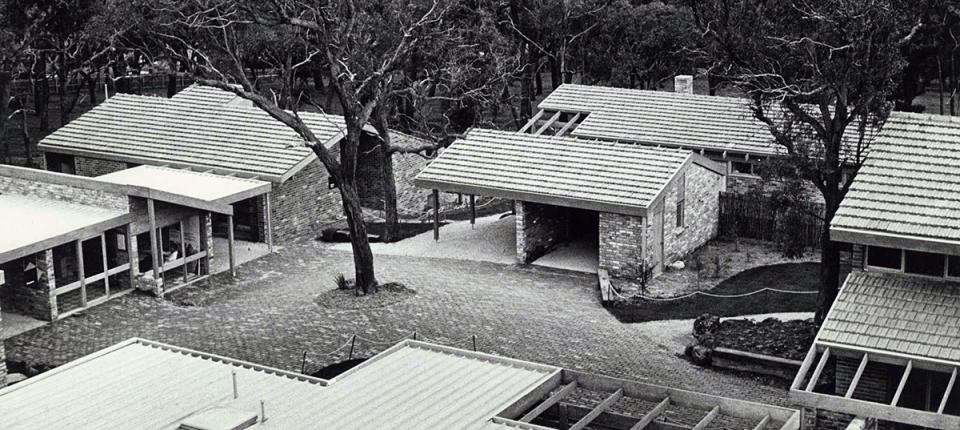
From the mid-1800s, European settlement began in Manningham with the earliest building constructed in the 1840s. We still have plenty of places of heritage significance where visitors and locals can explore and admire.
Each suburb in Manningham has its own unique characteristics and are wonderful places to live and visit.
Manningham is a vibrant and diverse community with people of all cultures and backgrounds. We have a proud history of a multicultural community living, working and celebrating together.
Here you will find more information on what makes Manningham a multicultural community and how you can get involved.
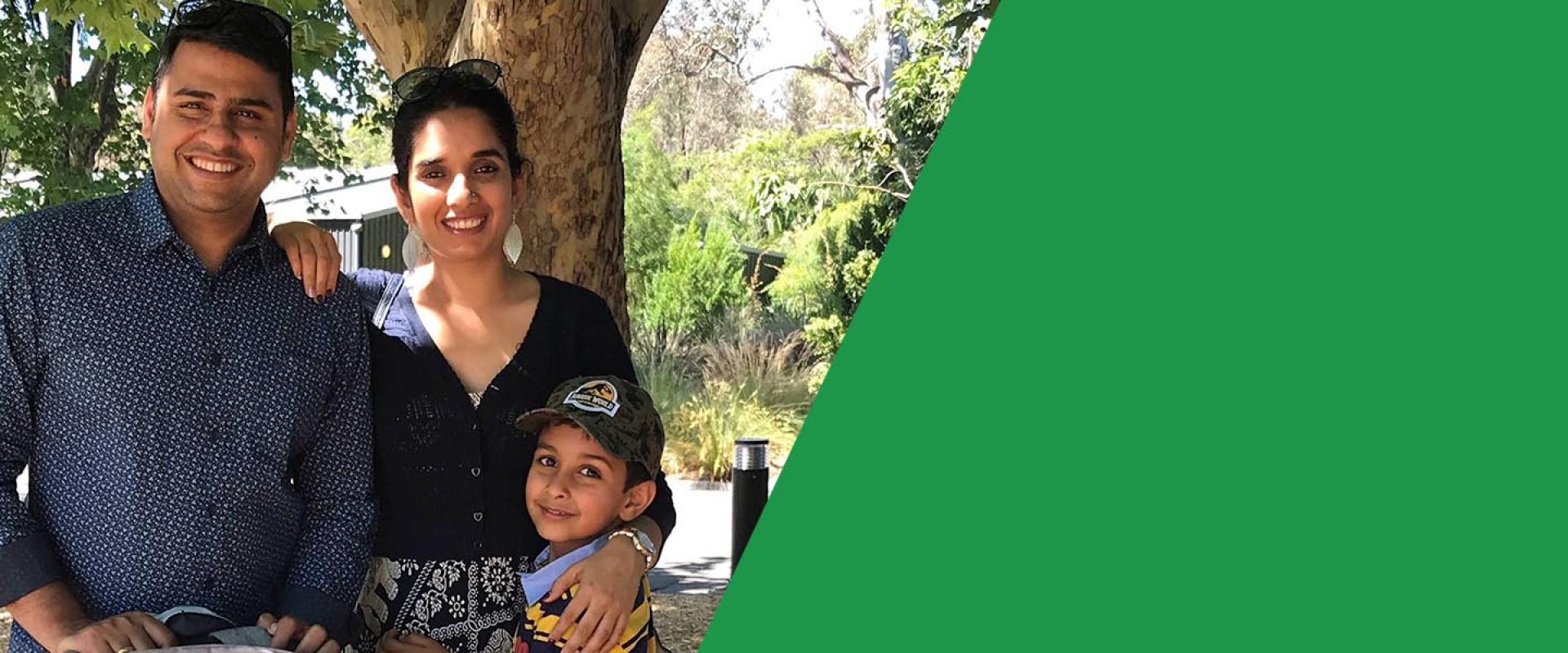
Diversity and social inclusion is important to us. We consider the human rights, values and needs of our diverse communities.
We are proud to declare our commitment to welcoming refugees and migrants into the community. We celebrate the opportunity to enhance the cultural and religious diversity of our community.
Community learning centres encourages members of the community to participate in local activities, learning and education. They play an important part in strengthening local communities and we support such centres by providing funding and facilities.
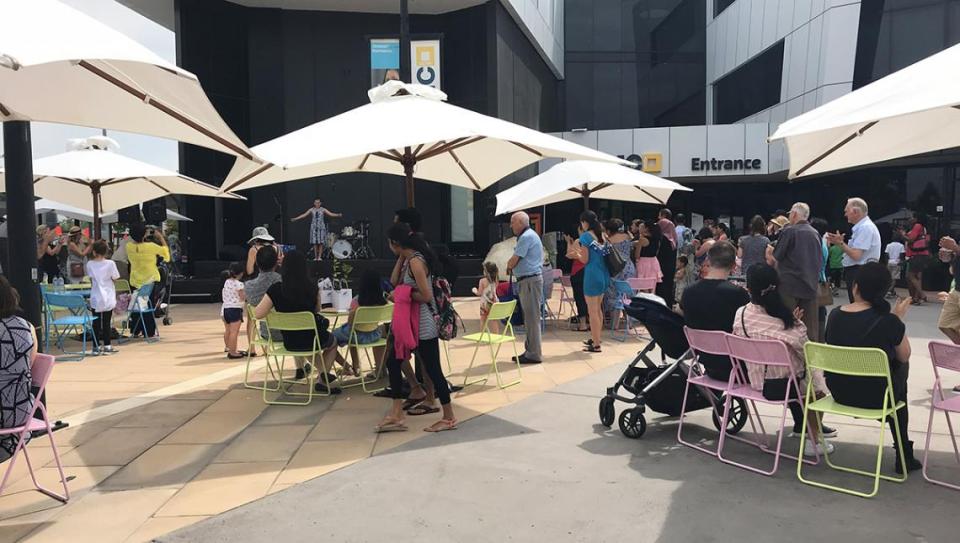
As part of the Welcoming Cities initiative, we want to build an Australia that is welcoming and inclusive to everyone. By building benchmarks for cultural diversity and inclusion, we are taking steps to being more welcoming to everyone in the community.
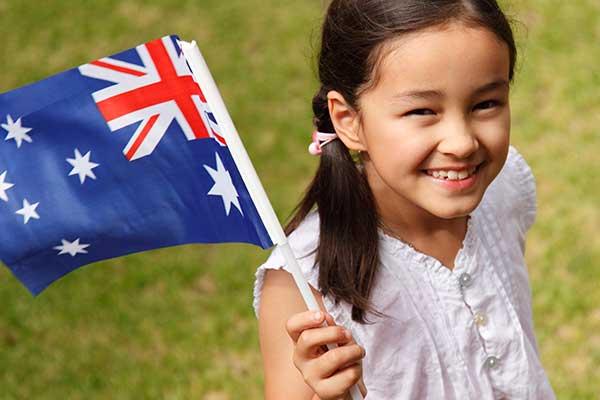
Becoming an Australian citizen represents a commitment to Australia and its people. Applicants for Australian Citizenship Ceremonies will generally receive an invite to attend within three to six months from the date of their application approval. You will receive a written invitation to your ceremony from the Department of Home Affairs.

We have interpreter services in multiple languages. Choose the way you want to communicate with us.

Our bi-monthly Community Strengthening e-newsletter aims to build resilient and vibrant communities by keeping you informed about programs, services, council projects, opportunities and important news for local community groups and organisations.
Do you need to receive the e-newsletter in another format? Contact us on 9840 9333 or email spcs@manningham.vic.gov.au.
We have several English language classes locally where you can learn and practice your English skills. You can get classes at:
Adult Multicultural Education Service (AMES) in Box Hill
Blackburn English Language School in Blackburn
Doncaster Library at MC Square in Doncaster
Manningham U3A in Doncaster East
Manningham Uniting Church in Doncaster East
Pines Learning Centre in Doncaster East
Living and Learning at Ajani in Templestowe Lower
Manningham residents and visitors can enjoy public artwork at various sites across the municipality, with nearly 20 unique works having been commissioned or acquired by Council in recent decades. These include the iconic 'Gateway' sculptures Sentinel, helmet and River Peel that mark the major entrances to the city.
The city also features numerous works in private settings, including outside Westfield Shopping Centre, Doncaster, and at the celebrated Heide Sculpture Park.
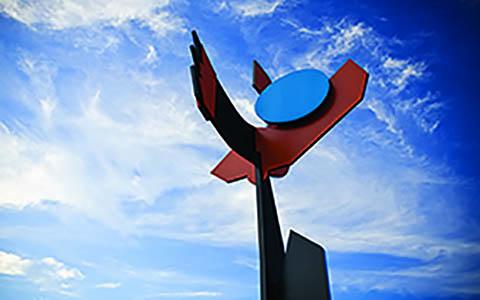
Sentinel was the first of three sculptures commissioned by Manningham Council to mark the major gateways to the city. It stands approximately 13 metres high and weighs 12 tonnes. Created by internationally renowned artist and long-term Manningham resident Inge King, Sentinel was conceived as an icon of the City of Manningham and the sculpture casts a watchful eye over the area. The multicoloured crown is the focal point of the work. Its curved shapes symbolise the two creeks of the municipality, the Mullum Mullum and the Koonung. They enclose the blue oval form representing the City of Manningham.
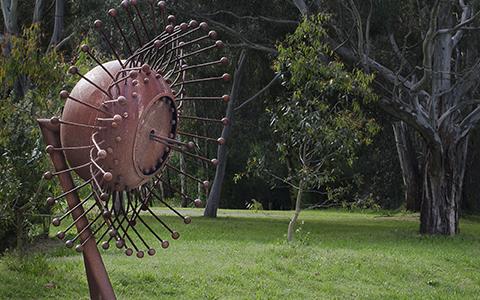
Manna Gum is inspired by the local eucalypt blossoms and marks the start of the Bolin Bolin Cultural Landscape Trail. This trail passes through an area which was an important gathering place for the local Wurundjeri people due to its seasonal abundance of food. The Wurundjeri frequented the area when the billabongs were low, the eucalypts were flowering and they were able to collect nectar.
Photo: Christopher Sanders.
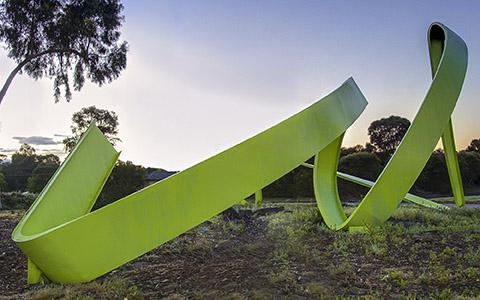
River Peel draws on the local heritage and surrounding landscape, imitating the Yarra River as it bends and turns through the area. The sculpture also represents the peel of an apple to relate to the history of orcharding in the areas of Doncaster and Templestowe.
Photo: Christopher Sanders.
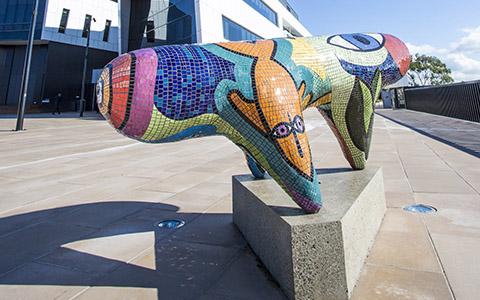
Spontaneous in form, Deborah Halpern's creatures are produced in a style that recalls visions of Gaudi, Picasso and French sculptor Niki de San Phalle, yet are distinctly 'Halpernesque' in their ability to delight and surprise. Water Creature stands prominently in the forecourt of Manningham City Square accompanied by another work by Deborah Halpern, Big Cat.
Photo: Christopher Sanders.
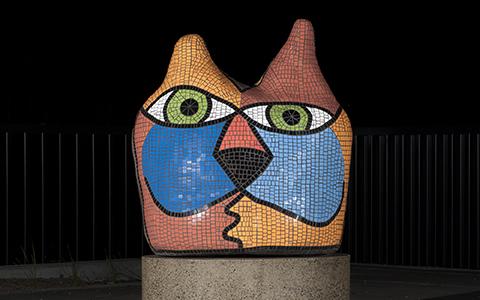
One of two mosaic sculptures by renowned Melbourne artist Deborah Halpern that bring a splash of colour and fun to the forecourt of Manningham City Square community hub, Doncaster.
Photo: Christopher Sanders.
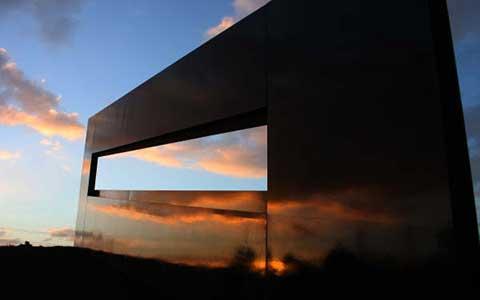
helmet is inspired by the artist Sidney Nolan’s Kelly series of paintings, created at Heide, in which we see the figure of Ned Kelly riding through the landscape. During a walking tour of ‘Kelly country’ Nolan realised “that the bush and the Kelly helmet belonged together” and helmet is a wonderful interpretation of Nolan’s paintings through a new medium and artistic vision.
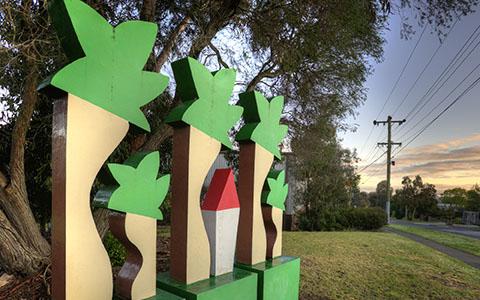
Triptych takes the shape of a game or wooden toy or puzzle with pieces that look two dimensional and are brightly coloured. The work is a nostalgic reminder of how toys and games have changed over the last century.
Photo: Christopher Sanders.
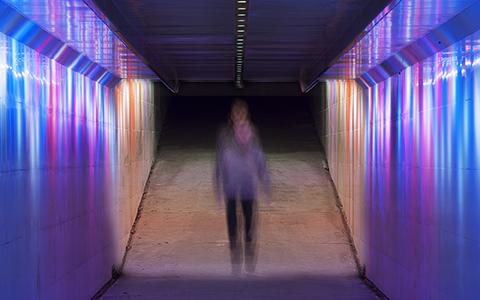
The Doncaster Road pedestrian underpass is situated between Doncaster Primary School and Manningham City Square. Artist Warren Langley created the art piece on the walls and ceiling. The design features a striking montage of colour and light and helps to brighten the underground thoroughfare to encourage greater use.
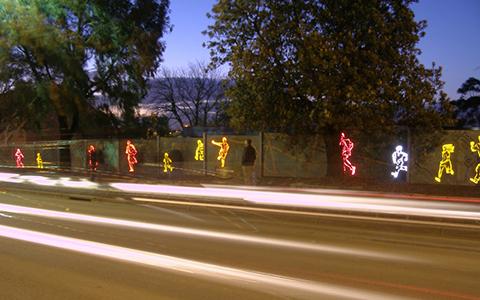
Running/Walking can be viewed during the day or night. The concertina-shaped walls have been fabricated to form a series of copper and glass components. By night, the LED lighting brings the artwork to life. The human figures are representations of actual members of the community that transcend ethnicity and evoke the sense of a progressive, forward moving populace.
|
|
We love our furry friends. Find out what you need to do or know to be a responsible pet and animal owner in Manningham.
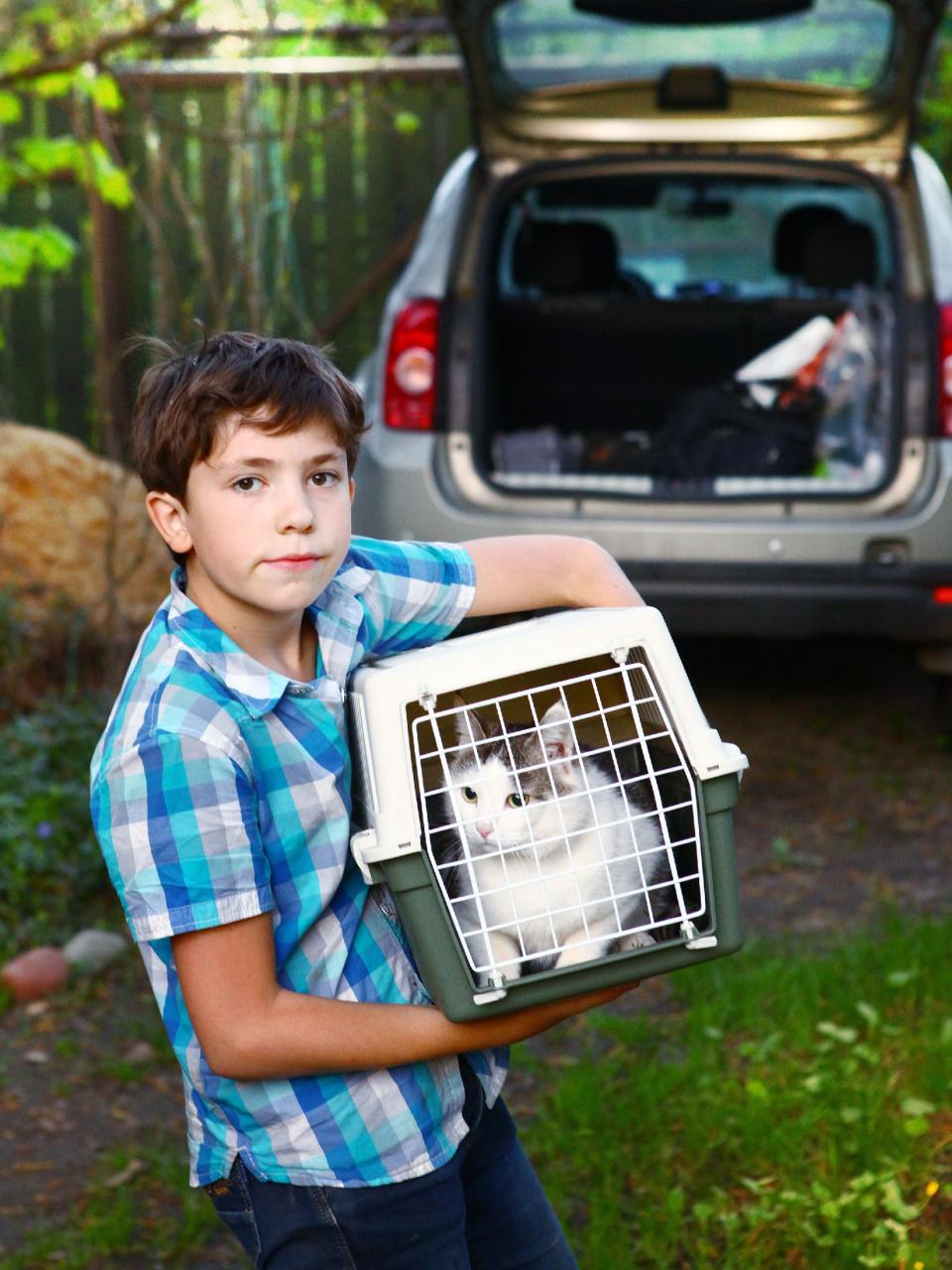
View our lost pets database via the Manningham Pound or report a missing pet

Find out what to do if a barking dog is being disruptive to the community.
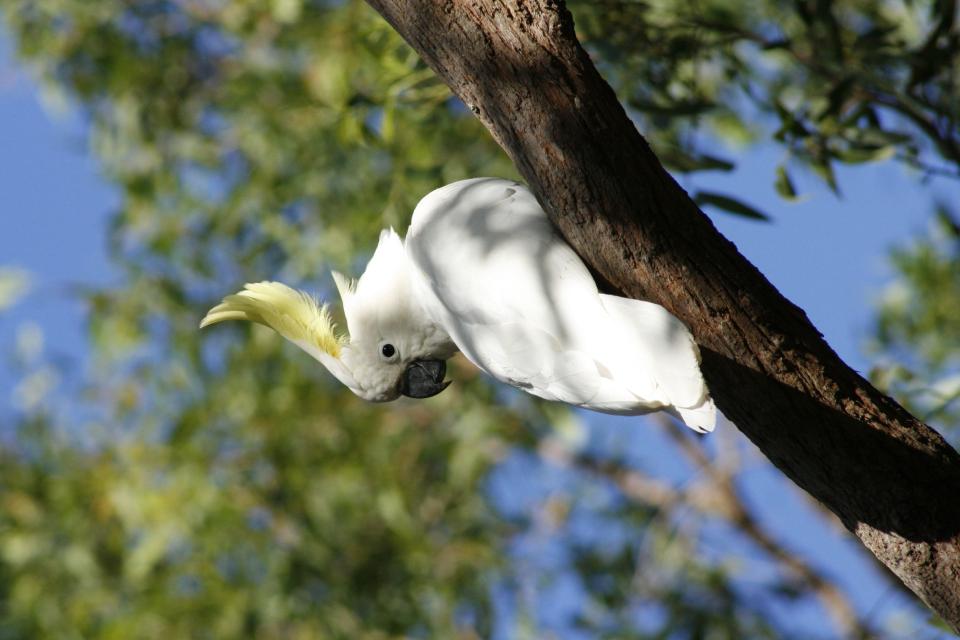
We celebrate all forms of life big and small in our community, learn about the most common creatures and our guidance around them.
Check out all parks suitable for dogs to run free or dogs to remain on their lead.
Your local business is critical to our vibrant and thriving economy. Find permits, guides, news and other resources for starting a new business, running existing businesses, or growing your business.
Starting a new business is both exciting and challenging. Find permits, guides, news and other resources for starting a business.
Running a business from home can be a perfect way to balance family commitments. Or you might be starting out and wanting to minimise overheads. We have resources available to help your home based business.
Find out if you need a footpath trading permit when placing tables and chairs, displays and signs on our footpaths.
Find out which permits and registration you will need to set up a hairdressing, beauty salon, day spa, make-up business or gym.
Find out what the mandatory requirements are for setting up a food business, whether it's a café or homemade preserves.
Find out if you need a permit for your business. This includes new and existing businesses and those looking to expand.
Find out what the regulations are for operating an accommodation business in Manningham, including hotels and bed and breakfasts.
We've compiled a list of useful websites and tools to help guide you through the essential steps of setting up and running your small business.

Our Economic Development Strategy (EDS) is a six-year plan to support businesses and employment in Manningham.

Find Your Local helps our community discover and explore the many unique products, services, food experiences and outdoor adventures that are all here in Manningham.
Follow us on Instagram @findyourlocalmanningham and send us details of your business so we can feature you on our page!

The Economic Development team is here to support you setting up and growing your business. We are your point of contact for business enquiries and support, permit information, workshops and events.
Contact us at business@manningham.vic.gov.au or on 9840 9333.

Subscribe to our monthly eNews to receive the latest business news, tips, upcoming events and networking opportunities.
Follow our Manningham Business Facebook page.
The Manningham Business E-News is distributed monthly. It is a great way to stay up to date with local business news and to see what events are happening in Manningham.
Subscribe to our monthly E-News
Setting up a new business is an exciting and challenging time with many things to consider such as budgets, staffing, branding, operations and marketing. It's important to think about the big picture and how you would like to grow into the future.
Below you'll find a range of resources, tools and information available to support all types of local businesses.

The Manningham Business Team are here to assist you with resources, networking events and various training programs throughout the year.

Have a new business idea? Find out when you need a permit and where you can get advice.
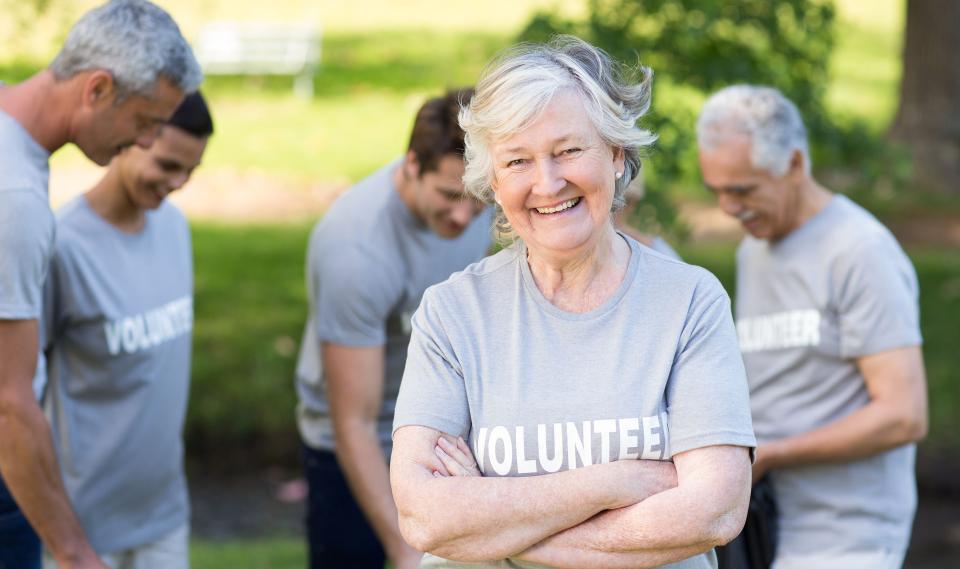
Eastern Volunteers delivers services directly to the community and encourages and supports volunteering in the community.
There are a range of local associations that encourage networking and mentoring opportunities for small businesses as well as annual events and training.
The State Government has now commenced works for the North East Link Program (NELP).
The project will include construction of the North East Link Tunnels, which will connect the Metropolitan ring road (M80) and Eastern Freeway (M3), as well as:
North East Link is split into five construction packages, with the following three located in Manningham:
Bulleen Park is being upgraded to support sporting clubs during the construction of North East Link.
Future redevelopment of Bulleen Park will allow for continued use of the sporting and recreation facilities during the delivery and following the completion of the North East Link Program (NELP).
The redevelopment will result in a major upgrade to the football (AFL) and cricket facilities and include:
The project is expected to be completed by 2028. During this period, NELP will continue to provide user groups with construction updates to keep the community informed of progress and milestones.
Bulleen Park FAQs for sporting clubs, March 2024
Manningham's newest and much anticipated soccer facility, Powerful Owl Park is now completed.
Development Victoria worked in conjunction with North East Link Program (NELP) to deliver the facility to ensure community impacts are minimised by changes at Bulleen Park.
We will manage the facility on behalf of NELP, as part of the overall management of Manningham sporting reserves, and in accordance with required conditions of use.
The new sporting facility will include:
We worked diligently alongside North East Link Program and the State Government for a commitment to deliver the facility and to ensure community impacts are minimised by changes at Bulleen Park.
Powerful Owl Park FAQs, July 2024
Doncaster Park and Ride will be upgraded as part of NELP. We are advocating that the Doncaster Busway (including the Bulleen Park and Ride) be designed to operate and function as part of a network-wide Bus Rapid Transit system. This is beyond the busway corridor that is proposed along the Eastern Freeway between Hoddle Street and Doncaster Road.
We are also advocating for the State Government and NELP to amend the NELP Doncaster Park and Ride reference design to a mixed-use transit-oriented development.
At this stage the State Government has only committed to a like for like upgrade, which will result in the reconstruction of the Park and Ride to be retained as a carpark only.
Bulleen Park and Ride is now open. The new bus station on the corner of Thompsons Road and Kampman Street in Bulleen is the first part of the Eastern Express Busway – Melbourne's first dedicated busway from Doncaster towards the city and features:
We have successfully negotiated for the Victorian Government to commence detailed planning work and a business case for the duplication and upgrade of Templestowe Road (from Bridge Street to Thompsons Road). This will include shared pedestrian and bike paths along the north side.
NELP will plant two replacement trees for every tree removed during construction of the project.
A key objective for Council is to ensure that the loss of tree canopy and vegetation is minimised and mitigated. We're working closely with NELP to identify appropriate locations for early tree planting to occur to allow the new canopy to establish. Some early planting has already occurred across various locations in Manningham, including Katrina Reserve (Doncaster) and Finns Reserve (Lower Templestowe).
Council has planted more than 500 trees since 2022 within various reserves in Manningham on behalf of NELP. We will continue to support the early planting program.
The historic 300 year old River Red Gum on Bridge Street in Bulleen is in close proximity to major North East Link works and must be protected. This tree is a local landmark, pre-dates European settlement and is an important example of our environmental heritage.
We will continue to regularly attend when works are being undertaken near the tree to ensure that appropriate mitigation measures are undertaken.
We are continuing to advocate to NELP and other State authorities to ensure that all appropriate measures are taken to mitigate the air quality impacts of the project on the health and wellbeing of the local community.
We are also working closely with NELP to ensure that noise associated with construction is mitigated as far as practicable. Any noise emitting works that may exceed noise levels are also planned to occur either during the day or early in the night, as far as practicable. Affected residents are also notified prior to the works that noise may occur during a time period with a direct NELP contact provided to them to call where concerns are raised.
Doncaster Hill is a sustainable, high density, mixed-use village that provides for high quality urban living.
Located in the heart of Doncaster, Victoria, approximately 12kms from Melbourne's Central Business District.
An activity centre for our community.
We’re continuing to update Doncaster Hill to improve the way our community lives, works and enjoys this neighbourhood.
These works form a part of our infrastructure planning for this area and the long standing Doncaster Hill Strategy.
The concept design for Hepburn Reserve has been developed in response to community feedback and will include outdoor seating, a BBQ area, a drinking fountain, public art, large open lawn areas, a playspace, nature play, canopy tree planting, bike hoops and more.
This small local open space was upgraded in November 2019 to December 2020
New U-turn lane on Tram Road
Pedestrian signals at the Applewood Retirement Village
Extension to Hepburn Road
Tram Road and Merlin Street intersection traffic lights
With populations on the rise in Melbourne, Doncaster Hill is one of our solutions to meet the challenge of future housing needs. This modern urban village allows those of us who enjoy to live in the suburbs to continue to do so, whilst providing apartment-style living for others.
The Doncaster Hill Strategy helps guide us on the land use and development in this centre.
Many bus routes that are provided by Public Transport Victoria (PTV) travel through Doncaster Hill.
View the routes and timetables of the following bus services:
SmartBus
Local services
In addition to bus services, we are strongly advocating for alternate public transport options with the State Government:
Find out why we are reviewing our strategic vision
Use this toolkit to assist your developments in Doncaster Hill
We love supporting vibrant diverse and events that benefits the community.
You’ve come to the right place if you’re considering hosting:
Holding a successful event requires careful and considerate planning. We work with event organisers to ensure events are safe and cause minimal disruptions. If you’re organising a public or private event in an outdoor public space, you may need our approval to do so.
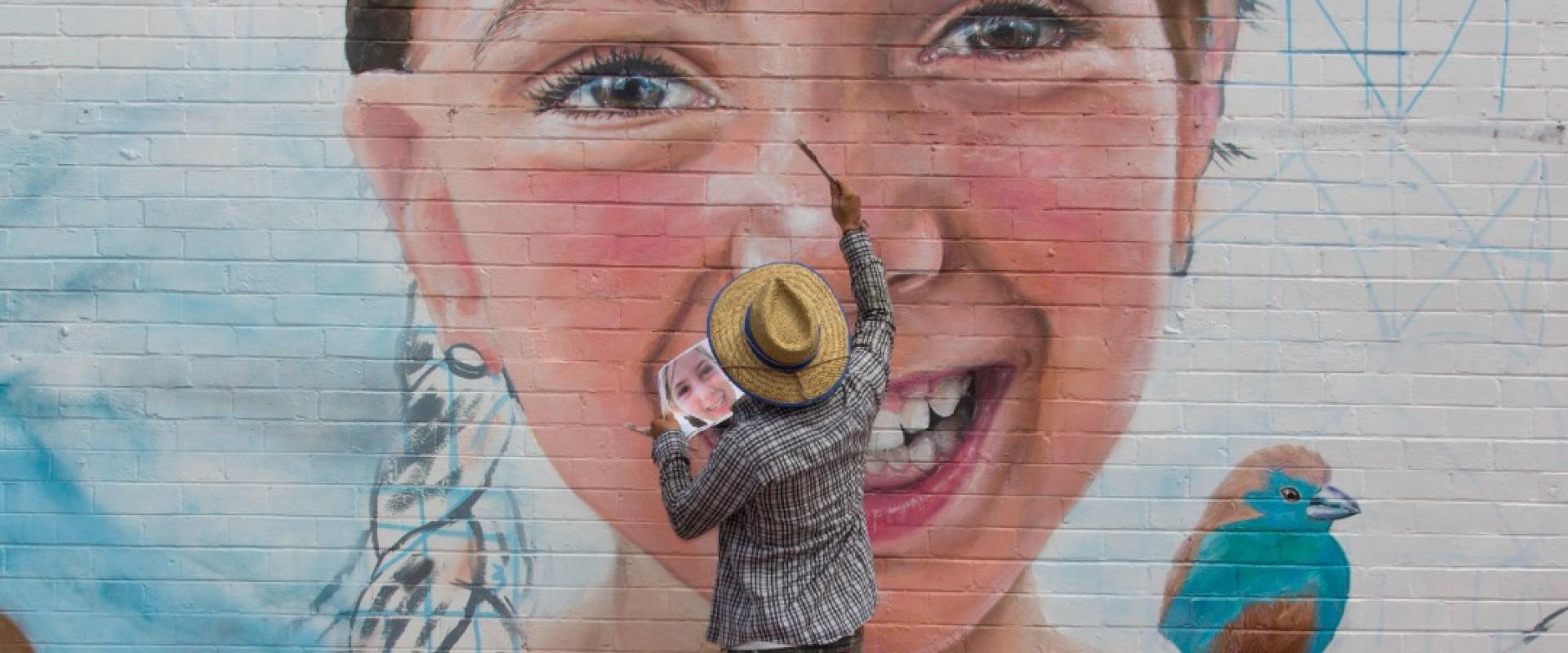
Submit your event to the Manningham event calendar for local promotion and participation.
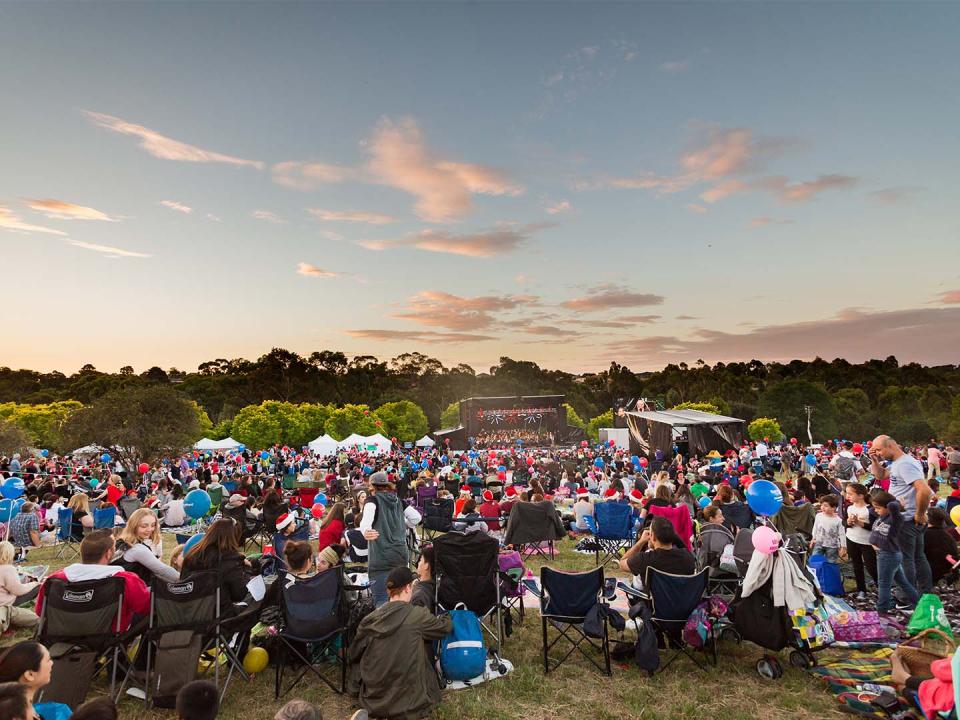
Explore our parks, reserves and trails. and filter by popular features for your outdoor event.
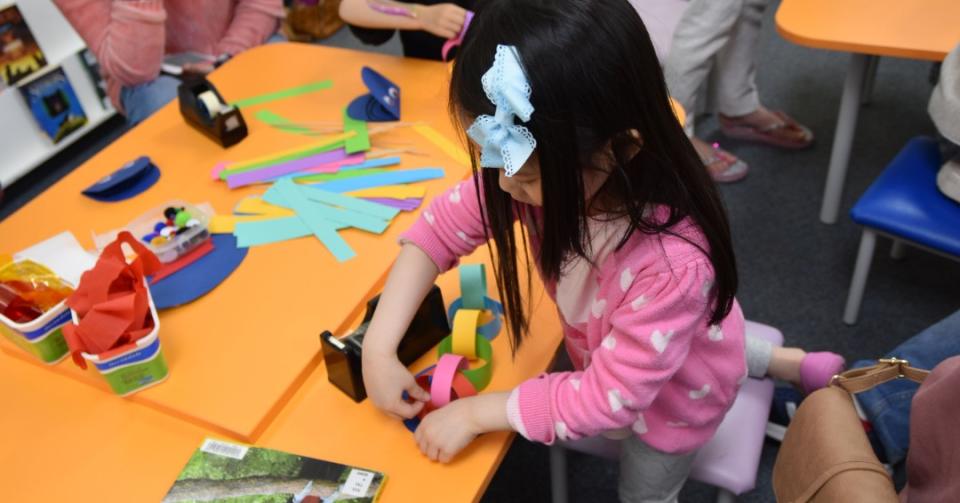
Explore our community halls, meeting rooms and venues, and filter by amenities for your indoor event.
Contact us
For all enquiries contact us on 9840 9333 or email manningham@manningham.vic.gov.au
An infringement, also known as either a fine or a penalty notice, is issued when a law or regulation is broken to help protect the rights, amenity and well-being of the Manningham community.
Find a list of options available to you if you have received a penalty notice.

View information on Manningham’s Community Local Law (2023), a local law made under Part 5 of the Local Government Act (1989 ) and section 42 of the Domestic Animals Act 1994, that further describes infringements and fines.
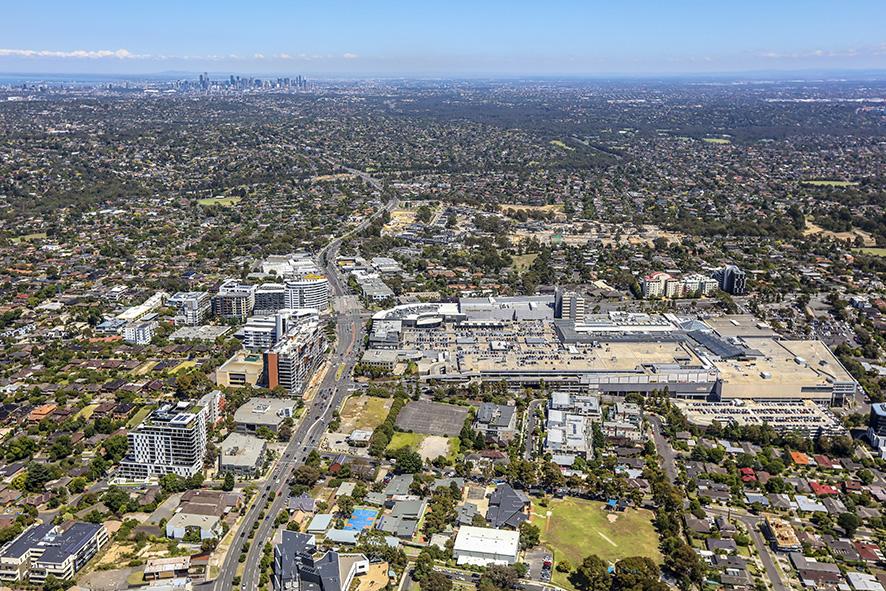
We issue infringements that relate to:
Here is a summary of the planning permit process.
New to planning? Get a general understanding of what permits you will need before making any applications
Get advice in writing about whether or not your proposed building, works or land use needs approval from us.
Get feedback on your draft proposals, concepts or plans, before you submit a formal planning permit application.
Check out some common scenarios and resources to help you understand what is needed before applying

Everything you need to know to start a planning permit application.
Stay up to date with your application's status in the planning applications portal.
Find out what you need to do to amend your permit before the public notification stage.
Review all Applications currently undergoing assessment.
Any person who believes they will be affected by a planning application can lodge an objection during advertising.
Find out what you need to do to amend your permit before the decision stage.
Only the Victorian Civil and Administrative Tribunal (VCAT) can review an application. After we have made a planning permit decision, we cannot undertake an internal review.
Landscape bonds are a condition of a planning permit. We ask for payment of bonds to ensure landscaping works are properly completed.
If you need more time for development or commencement of land use, you will need to ask for an extension to the planning permit.
An Agreement under Section 173 of the Planning and Environment Act (or Section 173 Agreement) is a legal agreement between us and the owners of a property that is registered on a property title.
If you would like to to amend approved plans or conditions of a Planning Permit, you can find out more information and submit your application here.
If you are developing land in Manningham, you may need to submit a Construction Management Plan (CMP) as required by a condition of your planning permit.
If your Planning Permit required payment of a landscape bond, you will need to apply for a refund once your development is completed.
Follow these easy steps to change your planning application details:
A range of information, resources and services are available for people with disabilities.

Our Social Planning and Community team work across departments, with Manningham’s libraries and leisure centres to strengthen inclusion of all Manningham residents.
Contributions from those who are interested in disability services and initiatives within Manningham are welcome. Manningham community members who have a disability are also invited to share their experiences to better inform Council policy and practice.
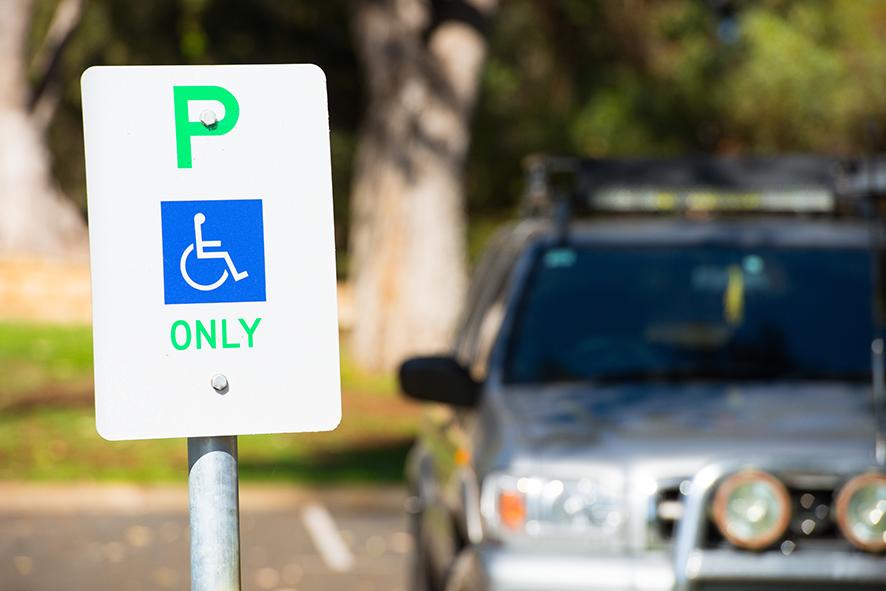
Find out how to apply for an accessible parking permit and how much it costs

The role of the Disability Advisory Committee (DAC) is to provide Council with direct access to a group of people who have a diverse understanding of living with a disability in Manningham. The Committee is a group of dedicated people who are advocates for increasing disability inclusion in Manningham.
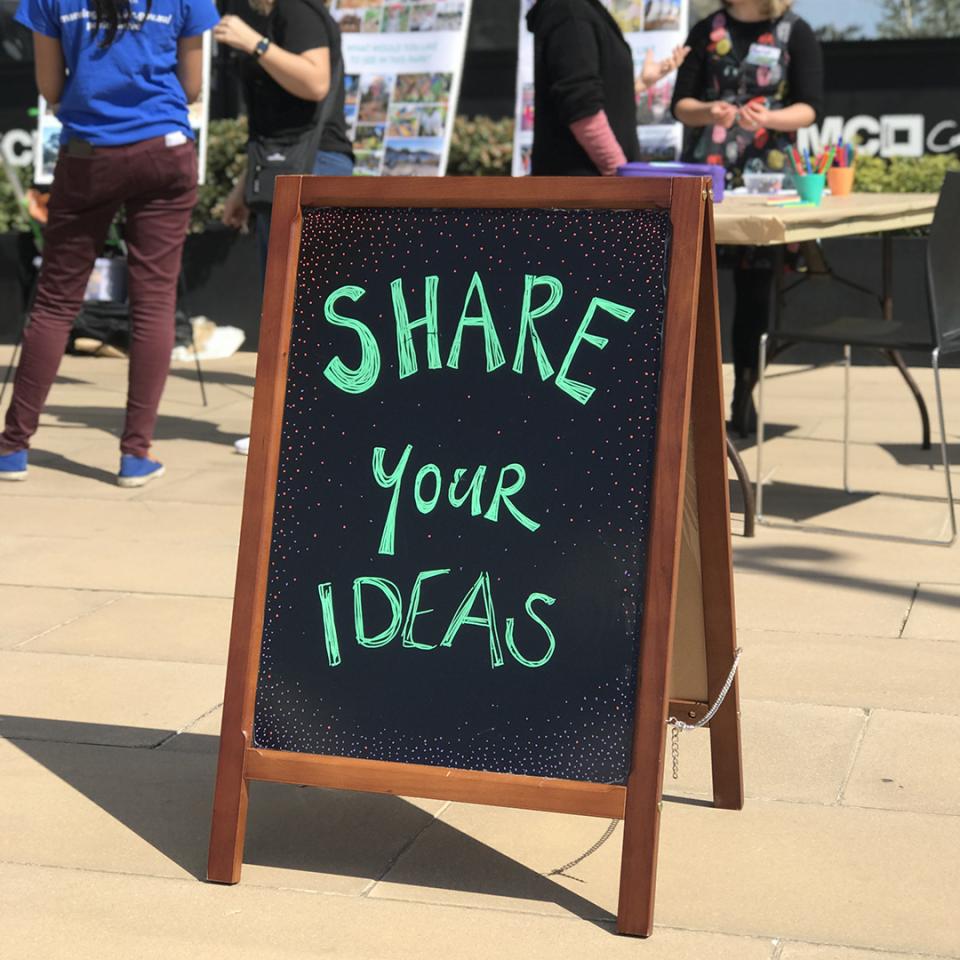
Manningham holds the Building Equitable Employment Network meetings in collaboration with Knox Council.
It is a network of people and organisations who share information, opportunities, and collaborate to increase authentic employment opportunities for people with disability.

Get advice on inclusive employment, whether you are looking to employ people with disabilities or if you are a person with disability looking for work.

International Day of People with a Disability (IDPwD) is held on 3 December each year.
IDPwD is a United Nations sanctioned day that is celebrated internationally. It aims to increase public awareness, understanding and acceptance of people with a disability and celebrate their achievements and contributions.

Our bi-monthly Community Strengthening e-newsletter aims to build resilient and vibrant communities by keeping you informed about programs, services, council projects, opportunities and important news for local community groups and organisations.
Do you need to receive the e-newsletter in another format? Contact us on 9840 9333 or email spcs@manningham.vic.gov.au.
Congratulations on choosing Manningham as your new home.
Manningham prides itself on providing high quality services and a range of lifestyle needs for residents of all ages.
Manningham is located just a short distance from the Melbourne CBD yet you can enjoy a sense of being 'out of the city' thanks to our abundance of green open spaces, scenic outlooks to the ranges, and tranquil walks along our waterways.
It is this unique balance of city and country that makes Manningham such a special place to live.
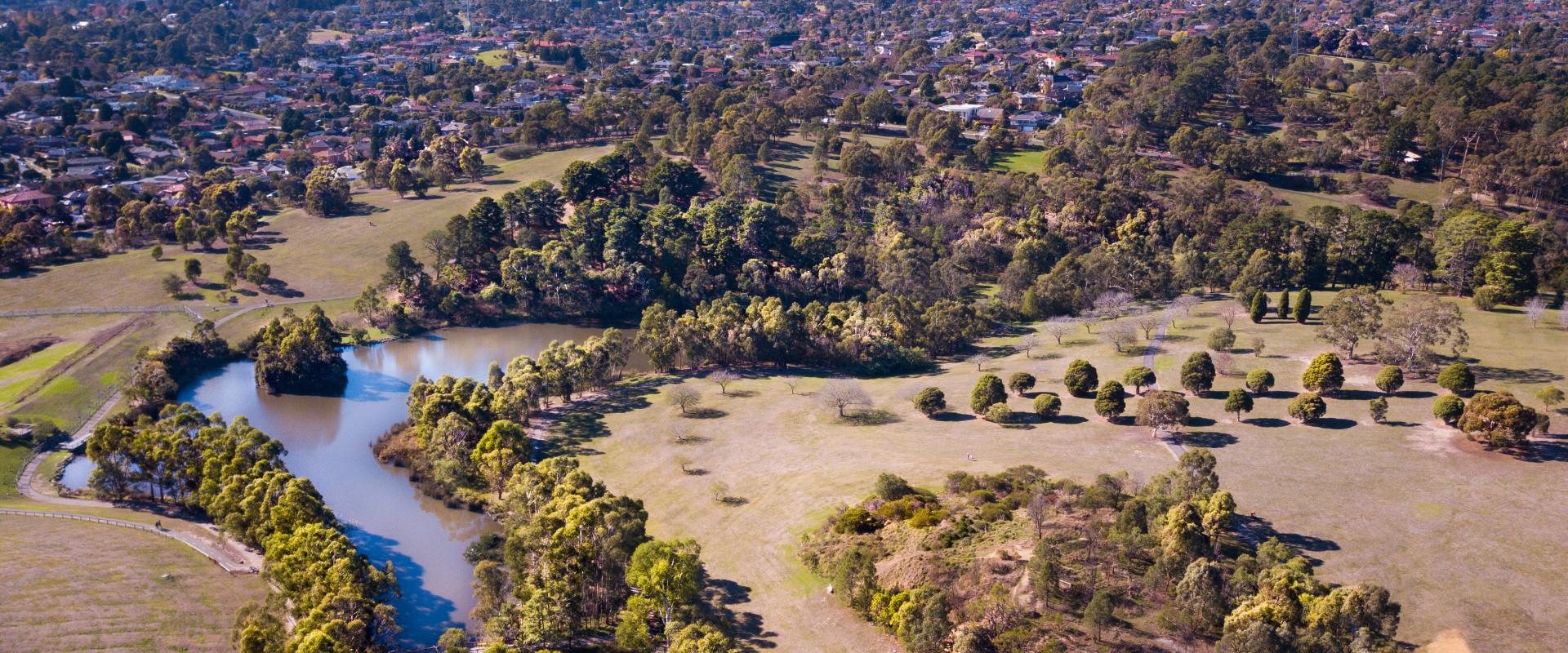
We are proud to deliver over 100 different services to our vibrant and diverse community. Here are a few to get you started.
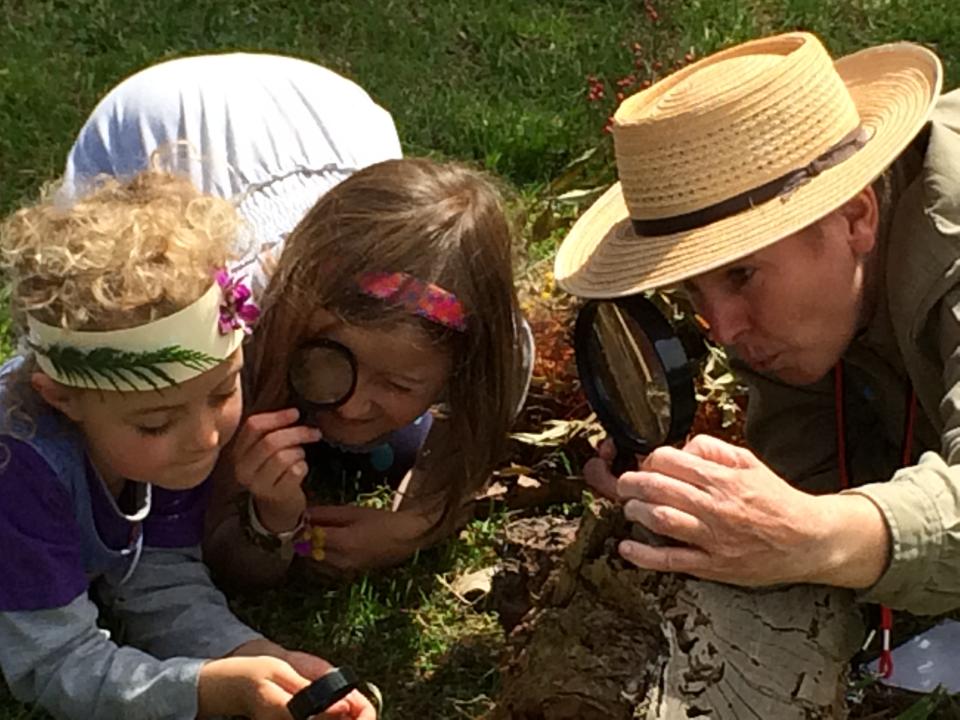
There’s something for everyone in Manningham. From sacred sites of the area’s First Peoples to the early gold mining settlements, the local area has a bit of everything for you to appreciate and enjoy.
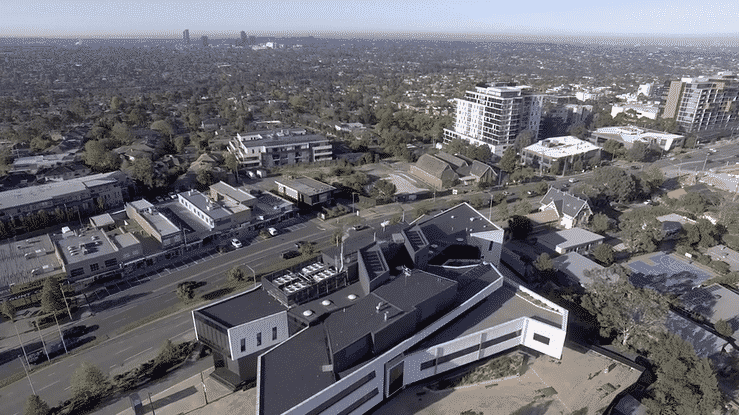
Use our maps to search Manningham, property addresses, wards, healthcare centres and other places of interest.

Explore our local arts, crafts, fashion, food and drink and other recreational activities.

We are at risk of bushfires, flood and storms and work closely with authorities to plan for and be prepared in an emergency. Keep you and your family safe by being prepared and understanding your risks.

Stay in touch with everything that is happening at Council and around our community by subscribing to our monthly eNewsletter. Receive the latest news about our essential services, programs, projects and activities, straight to your inbox.
Visit our local shopping centres or markets for a little bit of retail therapy and to explore our local arts, crafts, fashion and food.
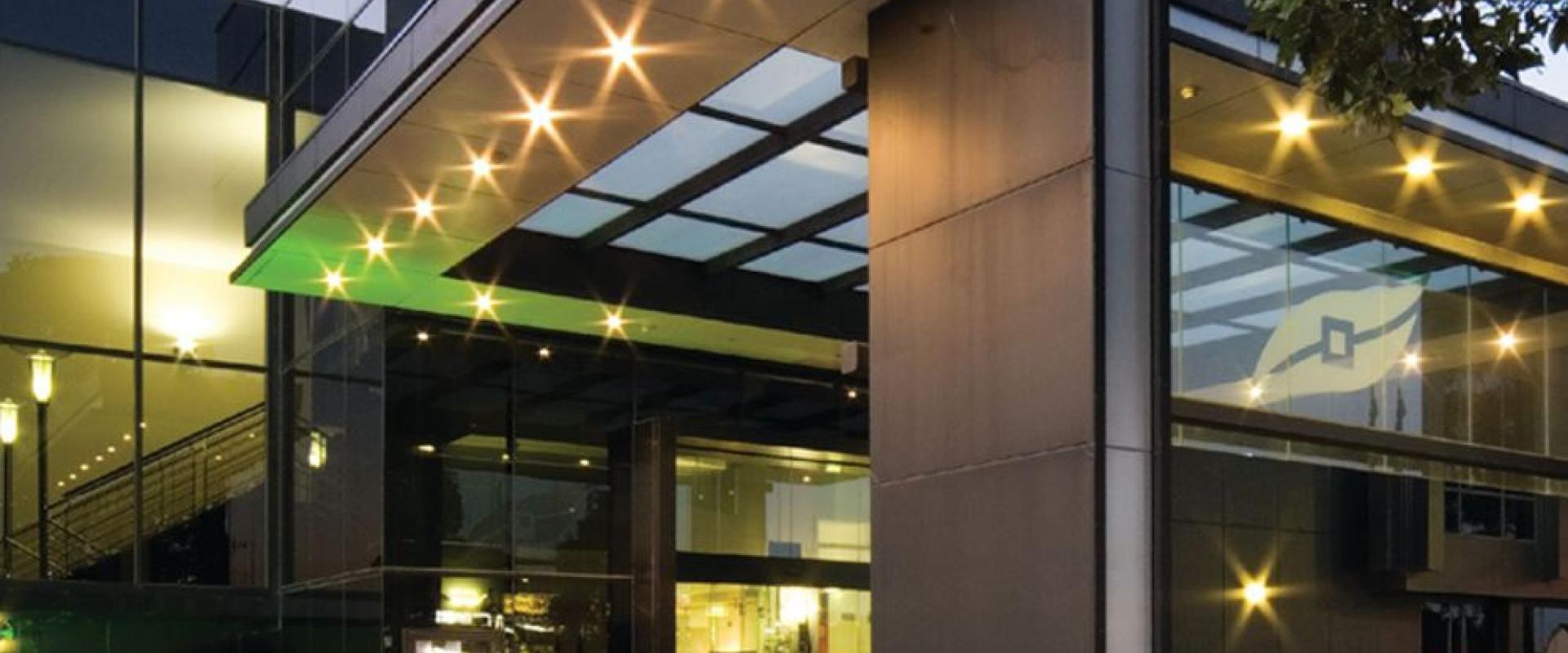
We have a range of local shopping experiences close to home that suit a variety of budgets and needs. From dog grooming to enjoying a tasty lunch, our friendly traders provide excellent service and are happy to help. Discover some of our great shopping locations today.
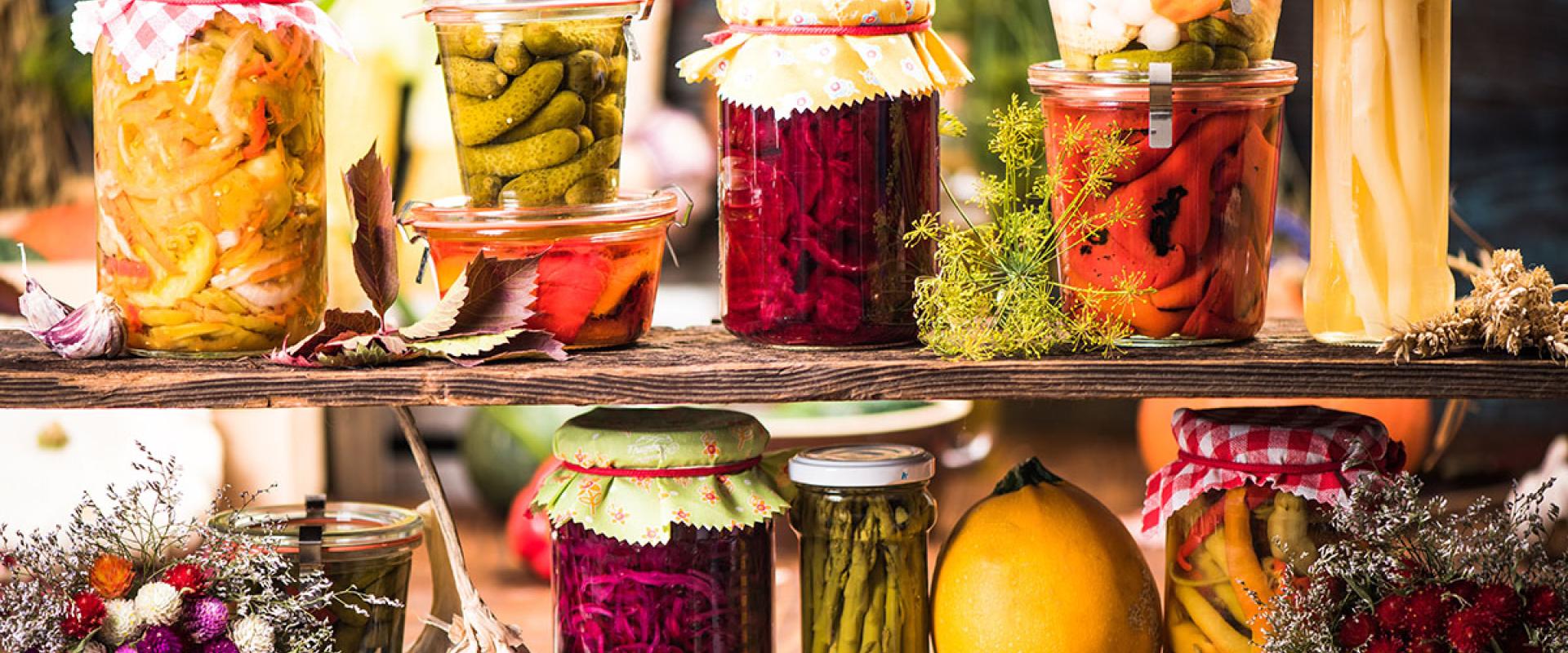
Local markets are held on a regular basis within our community offering a wide range of fresh produce, crafts, homewares and more.